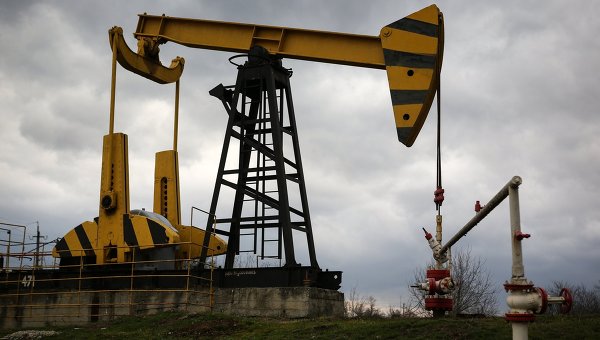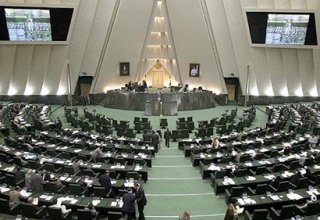Baku, Azerbaijan, Mar. 2
By Dalga Khatinoglu – Trend:
Iran says the foreign companies that have studied the country’s oil and gas reserves have more chance to win development tenders.
Iran has 19 memorandums of understandings with foreign companies, signed last year to study 14 fields.
Now, Deputy Head of the National Iranian Oil Company (NIOC) for Engineering and Development Affairs Gholam-Reza Manouchehri has told SHANA that some of the companies had submitted the results of their studies on the fields.
Below are the study results submitted by the foreign companies*:
|
Fields |
ICOs |
Oil in-situ (billion barrels) |
Current production (barrels per day) |
|
Band-e Karkheh |
OMV (Austria) |
3.468 |
0 |
|
Cheshmeh Khosh |
OMV (Austria) |
3.740 |
72,000 |
|
West Paydar |
OMV (Austria) |
0.952 |
28,000 |
|
Dalpari fields |
OMV (Austria) |
0.367 |
14,000 |
|
Phase 11 of South Pars gas field |
Total (France) |
14 tcm in total of South Pars |
0 |
|
Mansouri |
Lukoil (Russia) and Pertamina (Indonesia) |
15.142 |
60,000 |
|
Ab Teymour |
Lukoil (Russia) and Pertamina (Indonesia) |
15.258 |
60,000 |
|
Balal field’s gas layer |
KOGAS (South Korea) |
177 bcm |
0 |
|
Arvand |
Wintershall (Germany) |
1.114 |
0 |
|
Sohrab |
Wintershall (Germany) |
0.736 |
0 |
|
Mehr |
Wintershall (Germany) |
NA |
NA |
* Data was obtained by Trend from Iran’s Oil Ministry
Manouchehri said that Japan’s Inpex has also proposed to develop the South Azadegan oil field, while Danish Maersk has willingness to develop the oil layer of South Pars gas field and Ab Teymour oil field.
“Russia’s Zarubezhneft proposed to develop Aban field and Indian ONGC wants to get involved in Farzad B gas field development project,” he added.
Iran plans to issue tenders based on newly designed contract model, called Iran Petroleum Contract (IPC), in 2017 to develop 49 oil and gas fields and blocks.
The country is eyeing to attract investments worth $100 billion to these projects by 2021, of which 80 percent would be foreign funds.
The biggest fields among the studied reserves are Mansouri and Ab Teymour.
Manouchehri said the recovery rate of Mansouri is only 2.35 percent, but it can increase to 14 percent.
Coming to Ab Teymour, he said the field’s recovery rate stands at 2.27 percent, but it can increase to 12 percent.
The natural recovery rate of Iranian fields is very low and stands at 14 percent in average, but after gas and water re-injection, the rate can increase to about 25 percent.
Iran plans to use the foreign companies’ technologies to increase the recovery rate of its fields, because each percent increase means extraction of 7 billion barrels more oil.
Iran’s total oil in-situ reserves stand at 712 billion barrels, of which 158 billion barrels are currently recoverable.
---
Dalga Khatinoglu is the head of Trend Agency’s Iran news service, follow him on Twitter: @dalgakhatinoglu







